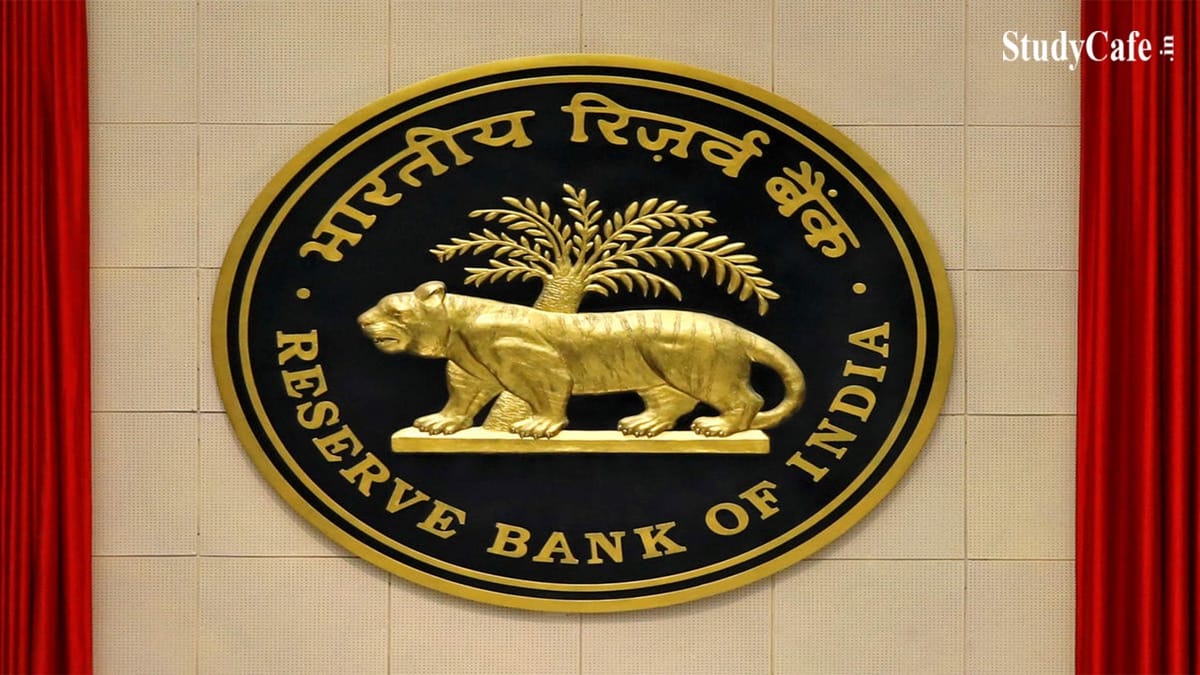Sushmita Goswami | Feb 24, 2022 |

Reserve Bank of India Behind the Curve on Inflation Control
The Reserve Bank of India (RBI) is behind the curve in terms of inflation control, and if it does not act soon, it will have to move faster and more strongly later.
Before the epidemic, supply-driven inflation was India’s curse, and with most parts of the country opening up and reducing COVID-19 limitations, demand is projected to surge.
Globally, price pressures have escalated as a result of supply interruptions caused by the epidemic, which do not appear to be going away anytime soon.
What hasn’t helped is the increase of Russia-Ukraine border tensions, which has driven oil prices above $100 per barrel for the first time since 2014, with no immediate signs of de-escalation or reduction in energy costs insight.
India’s retail inflation in January was above the RBI’s 2-6 percent target, according to the most recent data. The central bank has been harshly chastised for its failure to remove its monetary stimulus.
When asked if the RBI was behind the curve on inflation, Kunal Kundu, a Societe Generale India economist, responded, “we believe it is. The persistence of elevated inflation is a reality and is difficult to be wished away by not acting. The central bank’s rather benign inflation forecast for FY23 is in sharp contrast to street expectations and suggests the likelihood of delayed action.”
“But we see multiple pressure points building up which would keep inflation quite beyond 5.0% next year. The potential price for delayed action could be an aggressive rate hike at a later stage, which could come at the cost of economic recovery,” he added.
Most major central banks, including the US Federal Reserve, labelled inflation as transitory last year, but have had to reverse course and acknowledge the risks of runaway inflation since the turn of the year.
The Federal Reserve is poised to reduce its balance sheet while raising rates at a significantly faster clip than previously anticipated.
While this exposes developing market countries to interest rate difference risks, the RBI prefers to concentrate on the fledgling economic recovery.
“Our assessment is that headline inflation peaked in January,” RBI deputy governor Michael Patra said during a central bank panel discussion at the Asia Economic Dialogue. “From hereon, it will ease down to the objective of 4% by the fourth quarter of 2022.”
Mr Patra believes that assumptions that India is behind the curve in terms of removing monetary stimulus are unjustified, especially in light of the profound global recession brought on by the epidemic, and that further support for economic recovery is necessary.
Even before the disruptions caused by the Omicron strain of the coronavirus, according to a Reuters poll, India’s economy developed at a slower pace in the fourth quarter of 2021.
Higher oil prices will continue to drive global inflation, and while India’s inflation may have peaked, price pressures are expected to stay strong this year.
“Given the current trajectory, the RBI is correct. It will peak during this quarter. The important point, though, is the easing trajectory. Currently, it is above the upper band of RBI’s rather wide comfort zone. So, peaking of inflation in itself is not too comforting,” Mr Kundu added.
Source: NDTV Profit
In case of any Doubt regarding Membership you can mail us at [email protected]
Join Studycafe's WhatsApp Group or Telegram Channel for Latest Updates on Government Job, Sarkari Naukri, Private Jobs, Income Tax, GST, Companies Act, Judgements and CA, CS, ICWA, and MUCH MORE!"